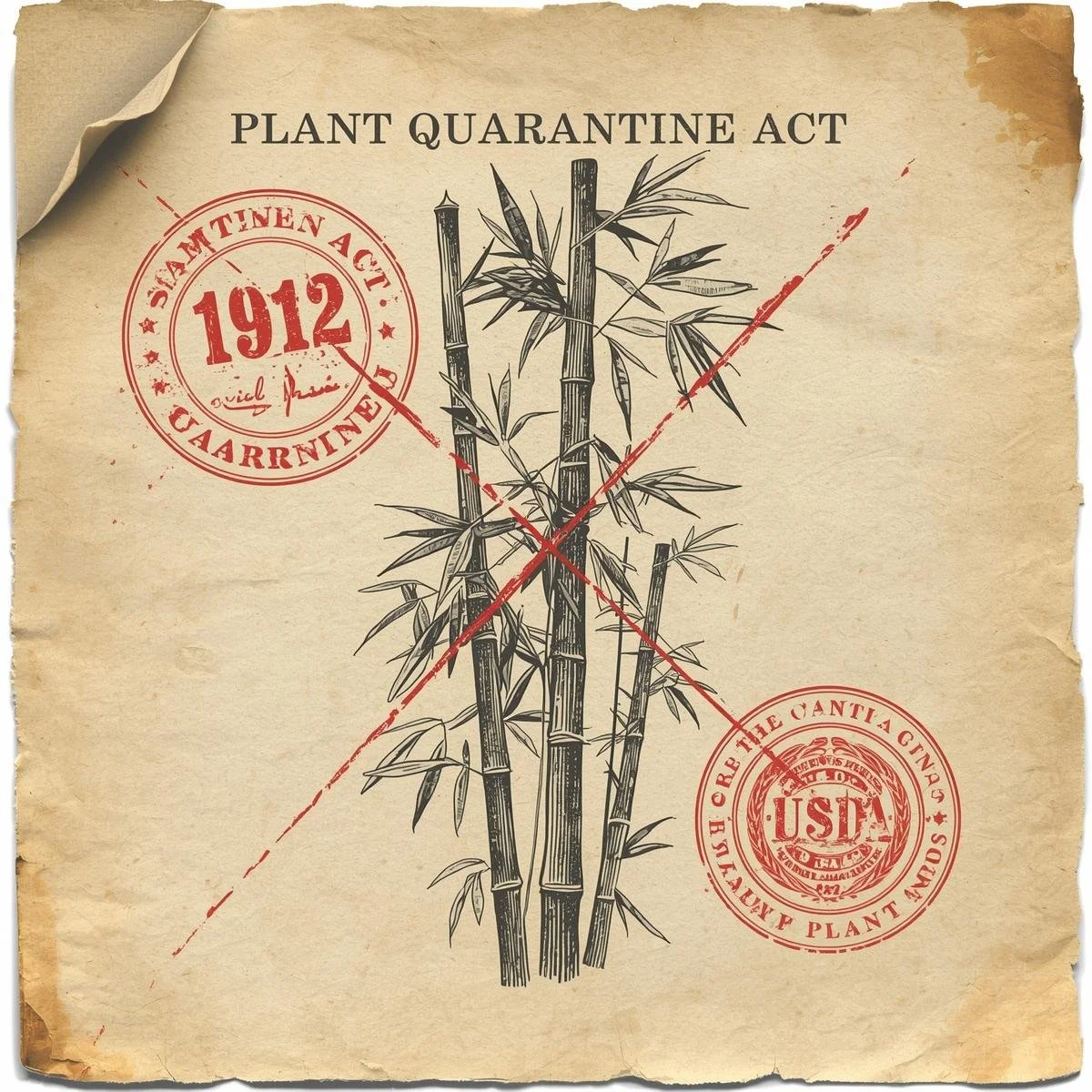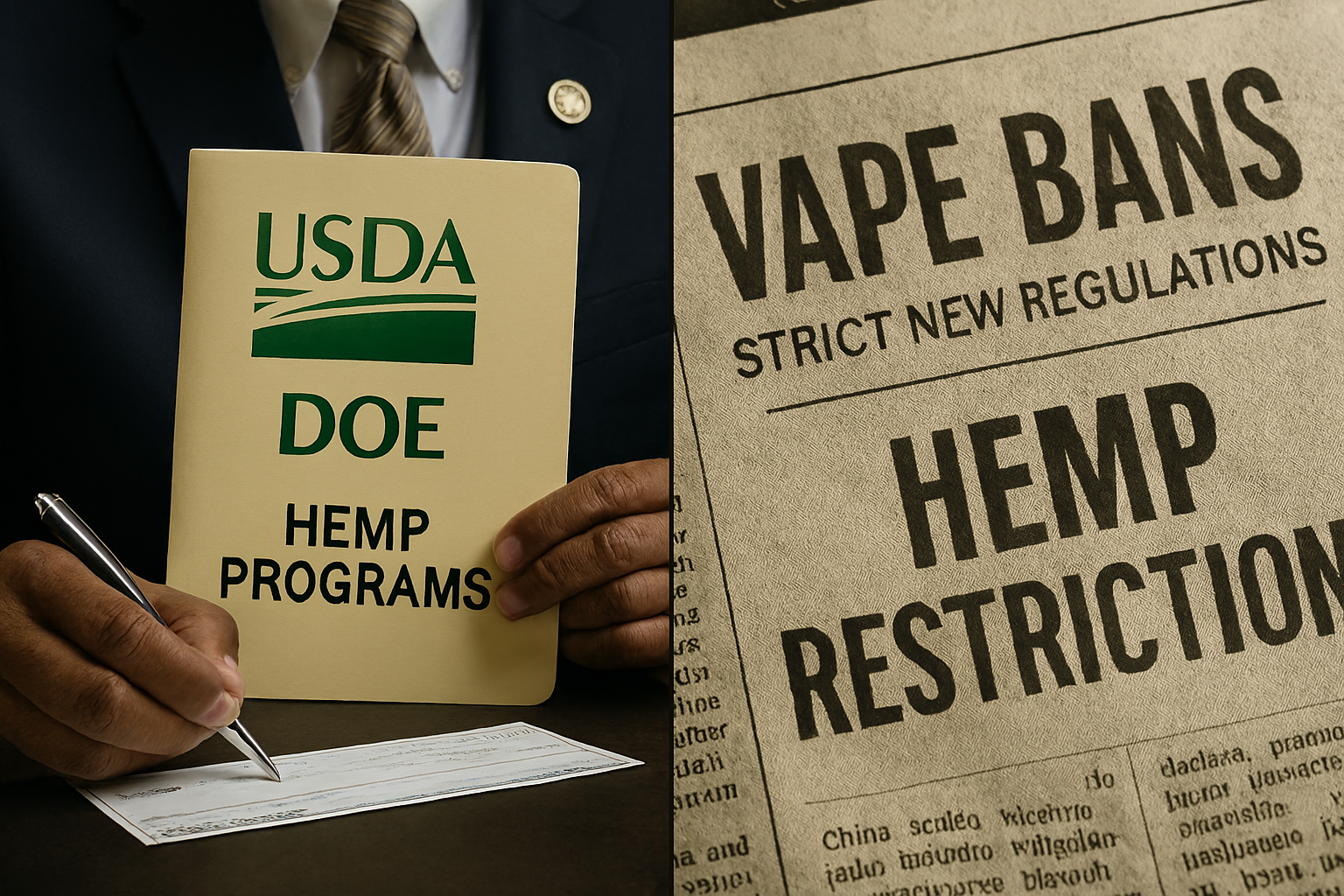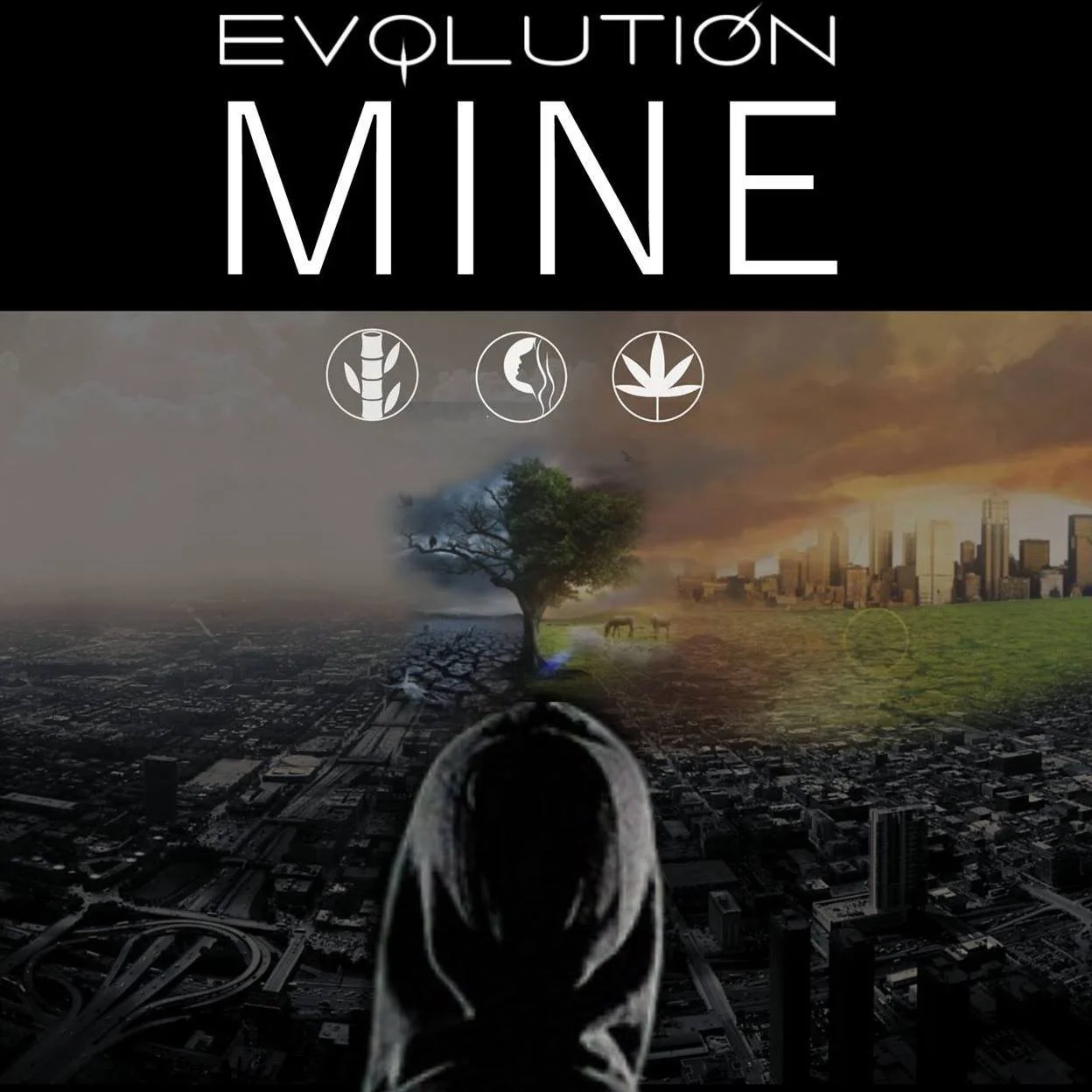
We’re not f**ked.
Fragments of a manual they never wanted you to read.
Author: Eric Stevens
This isn’t a lifestyle blog. It’s not hemp hype. These are decoded fragments of a bigger system.
How petrochemicals captured our wallets, how hemp and bamboo were buried, women marginalized, and how we claw the future back with the power of purchase.
Protest makes noise. Consumer activism breaks empires. Welcome to the manual that creates the post-petro world.
Hemp & Bamboo: The Super-Fibers They Tried to Bury
Hemp and bamboo out-engineer petrochemicals: faster harvests, stronger composites, and net-negative carbon. A century of suppression proves their power; now these super-fibers are primed to rebuild manufacturing on a regenerative footing.
Women as Economic Generals
Women now drive consumer demand, own businesses and write policy shaping a hemp & bamboo economy that outpaces politics.
Climate by the Numbers: Hemp & Bamboo Can Bend the Curve
A 50,000-acre hemp and bamboo pilot can cut or store nearly half a million tons of CO₂e a year—powered by everyday purchases and renewable desal.
Bamboo Could Have Replaced Lumber, But They Shut It Down
In 1910, USDA scientists confirmed bamboo could replace America’s pine industry. Edward Avery McIlhenny proved it in Louisiana. By 1912, the Plant Quarantine Act locked bamboo out; protecting timber and petro profits.
AFG: Processor Atlas — Map the chokepoints, finance the throughputs
AFG: Processor Atlas — Where capacity actually lives
We mapped North American hemp/bamboo processors by capability and throughput—decorticators, dryers, carders, nonwovens, compounders, panel presses. Size = tons per day, color = process. The picture isn’t “no supply chain”; it’s uneven, under-upgraded capacity clustered around cheap power, rail, and ports. The chokepoints are predictable: drying, QA, and offtake. Fix those, and lines move from press release to production.
This Atlas is a placement tool: operators find neighbors and buyers; capital finds upgrades with short payback and clean compliance (FEOC/DC, Energy Communities, 45X/48C, §6417/§6418). If you’ve got a line we missed—or one ready to scale—send the intake. We’re funding boring things that print throughput.
🚫 1962: Bamboo Defunded - Research Stopped Before It Scaled.
In 1962, USDA pulled funding from bamboo research. Bamboo wasn’t banned — it was starved. Timber, cotton, and petro kept their monopoly.
Bamboo & Hemp: Two Grasses Built to Heal What Petrochemicals Broke
Bamboo and hemp are the twin antidotes to the petrochemical era.
Quarantined in 1918, defunded in 1962, and criminalized in 1971, these two climate-positive crops were sidelined just as oil, plastics and slow-growth timber took the throne. Today both can be grown right here in the U.S., locking away carbon, cleaning soil, and feeding the next generation of bioplastics, bio-silicates, batteries and solar technology.
Bamboo can replace coal. Hemp can replace oil. Together they can replace timber—and help heal the planet.
The Anatomy of the Hemp Scam: How Congress Set Hemp Up to Fail
Only in America do we spend millions on seeds and science, then pass laws to burn the harvest. In 2018, Congress legalized hemp, and farmers invested in barns, seed, and labs. USDA funded research, universities ran trials, and taxpayers bankrolled it all. Now lawmakers move to redefine hemp out of existence, while USDA undervalues floral hemp by more than 20x. This isn’t oversight. It’s sabotage and the blueprint is hiding in plain sight.
What Is Evolution Mine?
Evolution Mine is regeneration — powered by hemp, bamboo, and women.
We are not a brand. We are not a think tank. We are an economic movement engineered to bankrupt the petrochemical empire and replace it with something that actually lasts.










